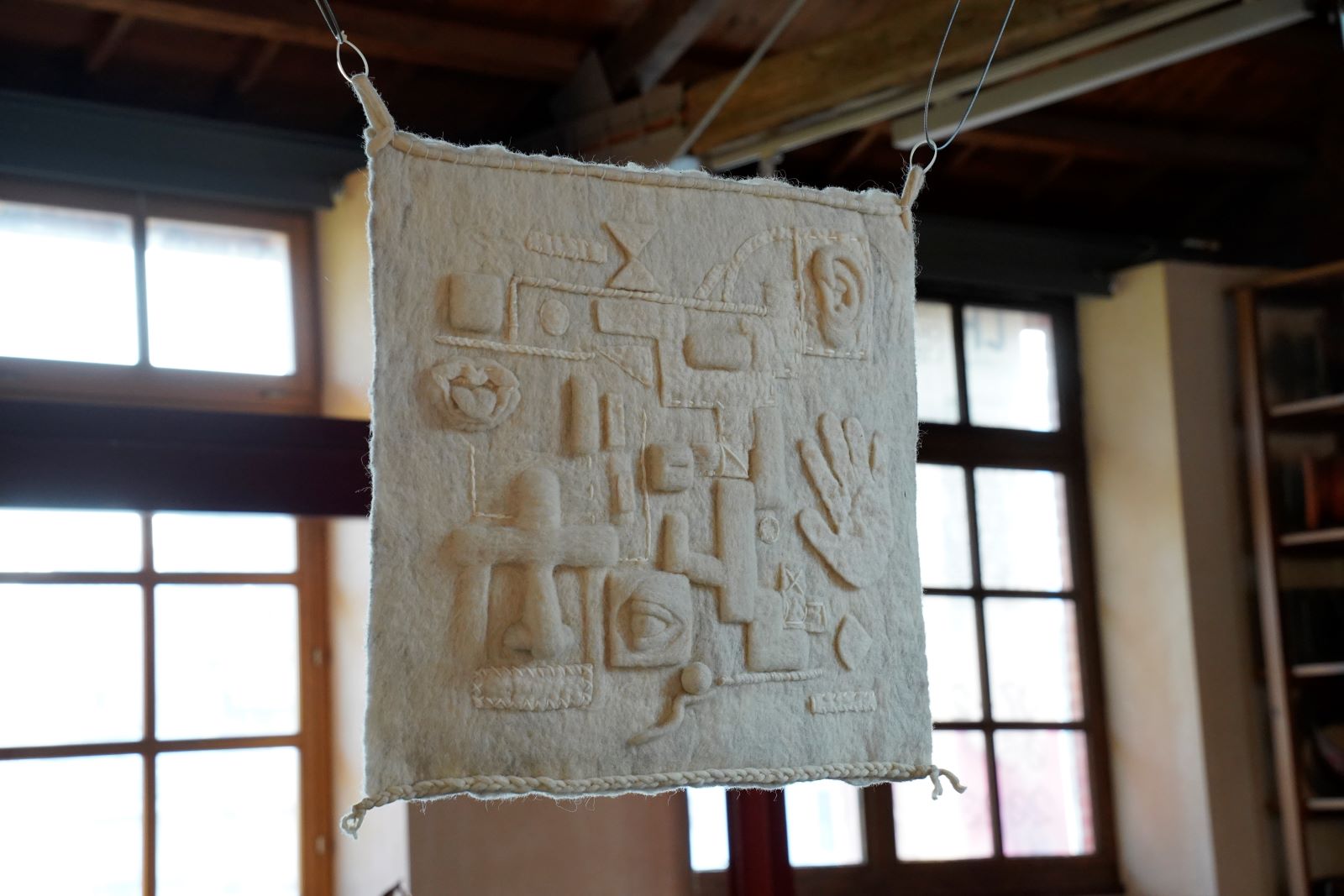Properties & Qualities
Application
Art Sculpture
Colour
Black Brown White Yellow Red Pink Other
Sample Information
Date of creation
March, 2023
Dimensions
H41cm x D23cm x W36cm
Process & Production
After creating my cane-worked, glass inclusion in the hot-shop, I cut and grind it when it’s cold to fit into the facial area of the hyper-real, plasticine bust I have sculpted.
Once the inclusion has been seamlessly added to the sculpture, the entire bust, along with the glass inclusion, can be cast together. I use a two part, rigid fibre-glass mold for this process, because I am casting a flexible material (silicone) into it. It is important to fill undercuts anywhere on the glass inclusion using plasticine, as glass is also a rigid material and will likely break if caught in any undercuts.
Once the mold is set, I open it and carefully remove all the plasticine from the fibre-glass mold.
Once I get to the glass inclusion, I very carefully use compressed air to release the vacuum-tight seal between the glass and resin/ fibre-glass.
After fully cleaning the mold and aligning the glass back in it’s original position, it is ready to be cast in silicone. Casting the silicone and the inclusion together ensures a neat seam between the two materials.
Recipe Details
Silicone: Smooth on Dragon Skin NV10
Glass: Black and White flat cane, rolled up and spun out into a trumpet.
Credits
Craft Maker
Sadhbh Mowlds
Library Contributor
National College of Art & Design Ireland
Photographer
Sadhbh Mowlds









